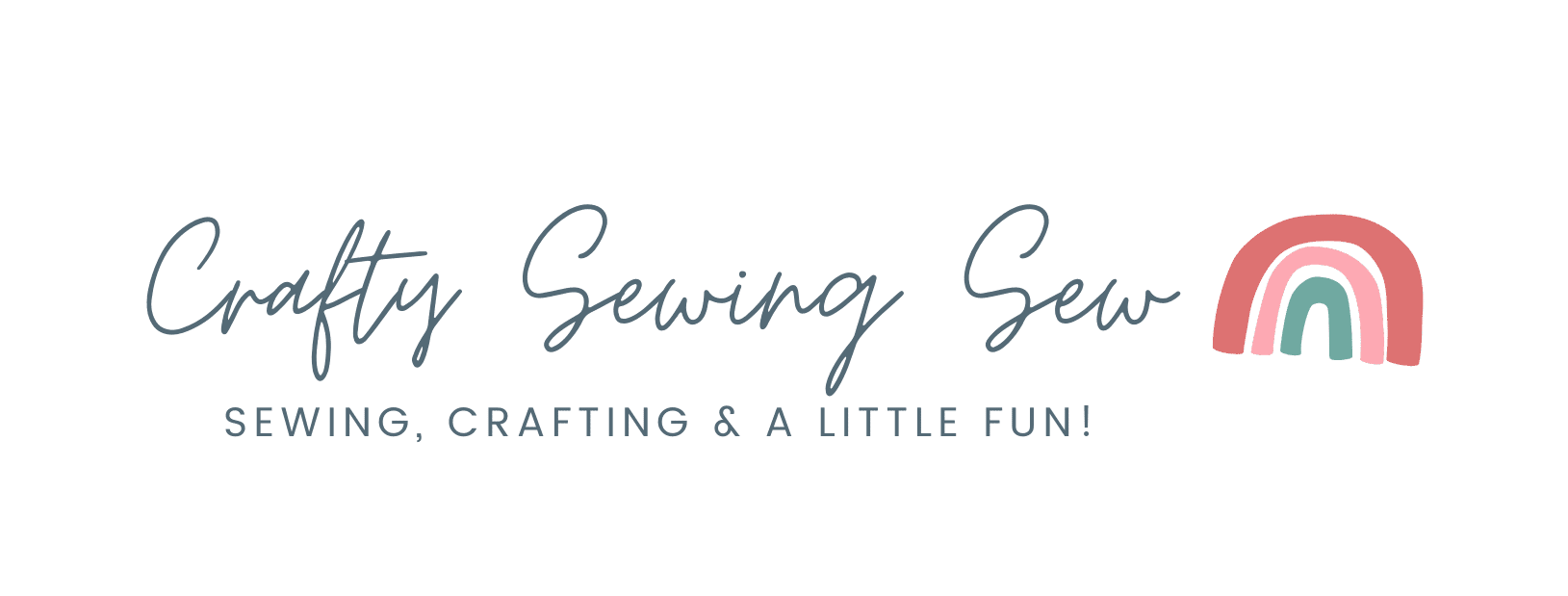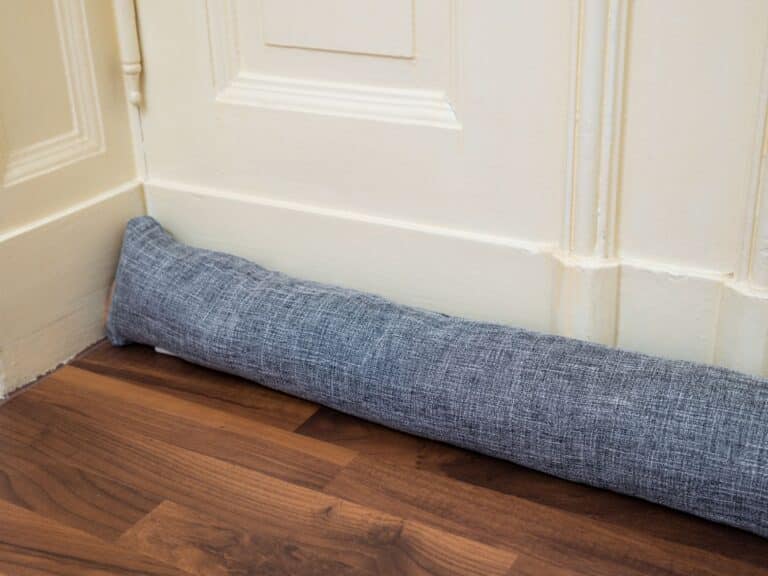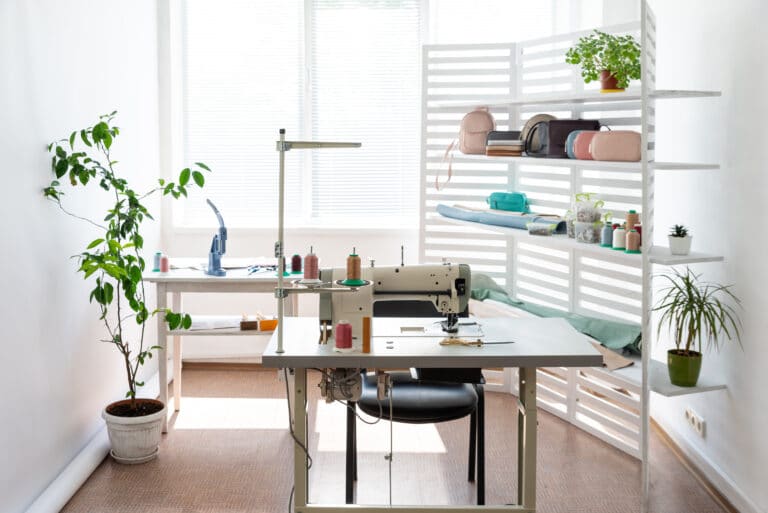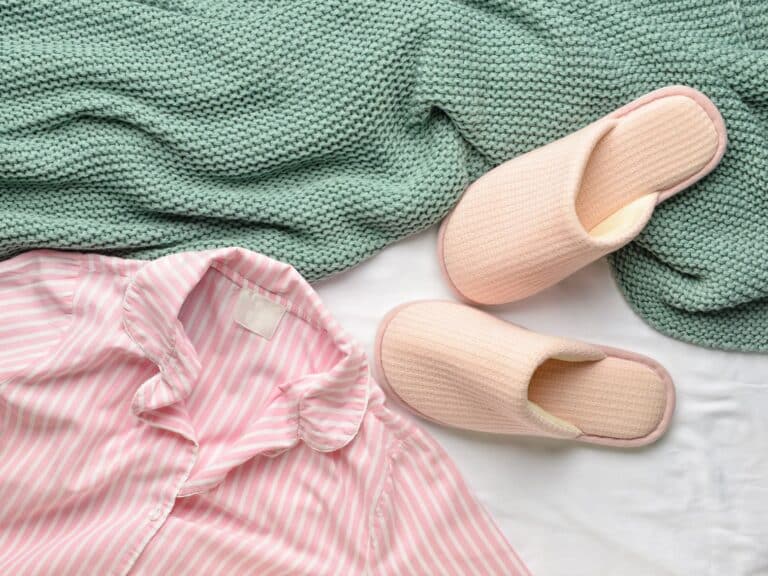How To Use A Triangle Quilting Ruler
Some of the links below are affiliate links. As an Amazon Associate I earn from qualifying purchases. This means that, at zero cost to you, I will earn an affiliate commission if you click through the link and finalize a purchase.
Triangles are the most popular design shape (or pattern) of quilts in both the modern and traditional worlds. To make the process of making the triangles easy for tailors and seamstresses, there is a ruler that they can use.
A triangle quilting ruler is a 60º instrument that gives one the ability to mark out equilateral triangles on a piece of fabric, so they can be cut and used to make a quilt. These triangle quilting rulers come in different sizes, so anyone who needs them would not be restricted by size.
Using such rulers helps one create accurate triangle patterns on fabric. It is possible to use normal rulers instead but that would be guesswork since there would be no way to know if one will get the 60º angles right or wrong.
What Is A Triangle Quilting Ruler?
This is a sewing tool that is used to help one cut accurate triangle-shaped pieces of fabric out of a larger piece of fabric, so they can be sewn into quilts.
They ensure the clothes that are made to look professional because of how perfect the triangles would appear. Using regular rulers to draw them can never make them perfect and it will consume more time and make one waste fabric since some might be discarded due to incorrect cutting.

When the triangle quilting ruler is used correctly, there would be a notch left on the fabric after cutting it so they can be lined up for perfect piecing afterwards.
To cut out the triangle shapes, one should cut pieces of fabric that are larger than the proposed size of the triangles. Lay the fabric down and align the quilting ruler on it such that the top of the triangular ruler with one straight edge of the fabric is cut along the angled sides.
Next, flip the ruler upside down beside the area just cut and cut along the angled sides of the ruler again. Keep this up throughout the length of the fabric.
How To Use a Triangle Quilting Ruler?
All one needs are the blade cutter, fabric, and the triangle quilting ruler to make the triangles. Here is the step-by-step process of using the ruler to make triangles out of fabric.

- Carefully cut your fabric to the same height as the triangle quilting ruler.
- Lay out the fabric and position the ruler in a way that its bottom aligns with the base of the fabric and the 60º angled edge runs from the base of the fabric and stops where the tip of the ruler touches the top of the fabric. The tip of the ruler and the top of the fabric should be in the same place since the fabric was cut to the ruler’s height.
- Cut the fabric along the angled edge of the ruler from the bottom all the way to the top to create a triangle.
- Flip the triangle quilting ruler upside down and place it just beside the part of the fabric that was just cut such that the angled edge aligns with the edge of the fabric that was just cut out. The tip of the ruler should align with the fabric such that a new cut will make a precise point at the top.
- Cut the fabric again along the angled edge of the ruler from the base to the top to create another triangle.
- Repeat this process as many times as necessary to get all the triangles needed to make the quilt.

Although 60º triangle quilting rulers are more popular, there is a 90º-angled version of such rulers. This type of ruler cuts a square-shaped fabric into two and can be almost identical to 60º ones. Triangles are made in an almost similar manner with this ruler, but there are a few key differences.

- Cut a length fabric and make it such that it would have the same height as the ruler.
- Then use the same measurement to cut the long stretch of fabric at intervals to form squares.
- Decide if you want to create half-square triangles or quarter-square triangles. For half-square triangles, place the 90º angled triangle quilting ruler on the fabric such that the 90º angled point rests on the corner of the fabric and the edges align with the sides of the square-shaped fabric with the tips stopping at the corners.
- Cut along the last edge of the ruler. This last edge should run diagonally across the square-shaped fabric. The cut should divide the fabric into two triangles.
- Repeat this process till you get all the triangles you need.
- While for quarter-square triangles, the 90º angled point should be at the centre of the square while its angled sides should run to the corners of the fabric.
- Cut the fabric from the centre to each corner and flip the ruler so you can cut from the centre to the other two corners. This process should create four triangles.
- Repeat this process till you get all the triangles needed.



